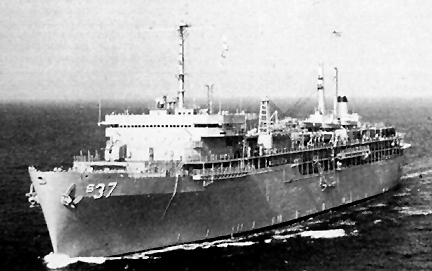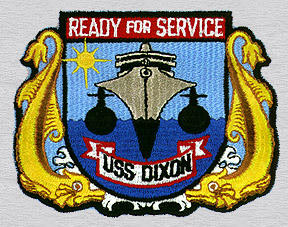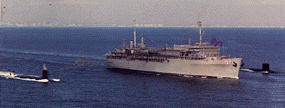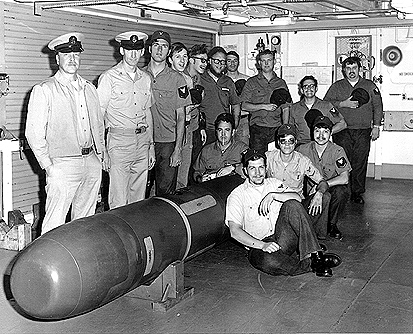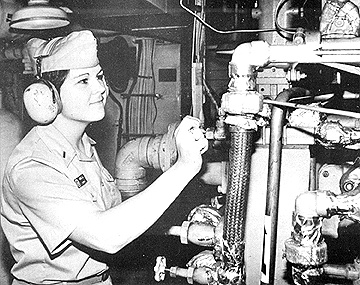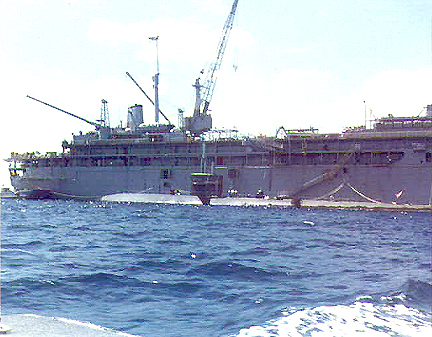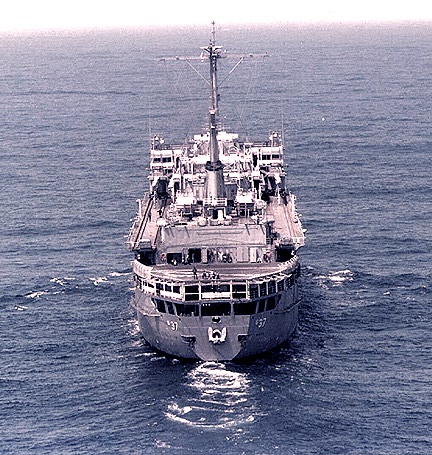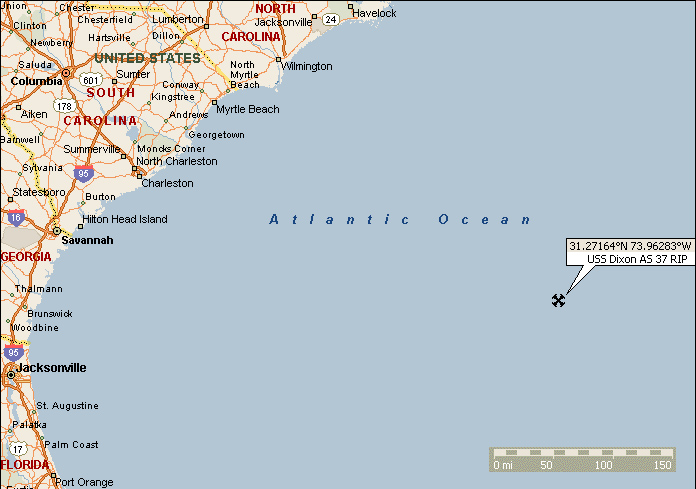| Captain D. S. Boyd, USN |
7 August 1971 - 17 August 1973 |
| Captain B. M. Kauderer, USN |
17 August 1973 - 23 May 1975 |
| Captain J. P. Keane, USN |
23 May 1975 - 10 November 1977 |
| Captain D. G. Harscheid, USN |
10 November 1977 - 2 August 1979 |
| Captain R. L. Wolfe, USN |
2 August 1979 - 3 April 1982 |
| Captain N. A. Heuberger, USN |
3 April 1982 - 26 January 1985 |
| Captain T. H. Bond, USN |
26 January 1985 - 28 February 1987 |
| Captain R. N. Lee, USN |
28 February 1987 - 29 April 1989 |
| Captain C. J. Beers, Jr, USN |
29 April 1989 - 15 June 1991 |
|
| Captain R. A. McCurry, USN |
15 June 1991 - 25 November 1992 |
| Captain D. W. Crisp, USN |
25 November 1992 - 10 August 1994 |
| Captain D. W. Hearding, USN |
10 August 1994 - 15 December 1995 |
